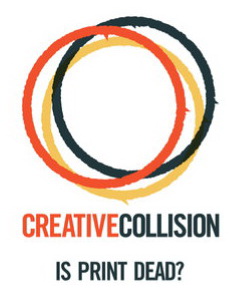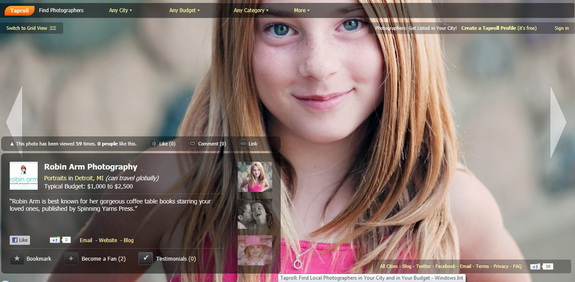PHOTOGRAPHERS. “Selling Fine Art Photography” is the newest e-book released by PhotoShelter. The free 26-page downloadable guide includes interviews with 12 experts who sell fine art photography online and offline. The experts include photographers, gallery owners, online curators, and consultants.
As you read through the guide, you’ll quickly see that there is no “one-size-fits-all” approach to success–partly because people have different interpretations of what a “fine-art photograph” is. The experts quoted in this guide offer a variety of opinions on what works and what doesn’t in selling photography as fine art and suggest a range of different tactics for getting noticed by online and offline galleries.
For example, Jeffrey Teuton, of the Jen Bekman Gallery in New York City, works closely with the 20×200 online gallery that markets limited-edition prints from a wide range of photographers. He urges fine-art photographers to “Be smart when choosing an online gallery to collaborate with. Many galleries like 20×200 have an exclusivity policy that prevents you from showing your same pieces in other venues. This means that the gallery you pick should have a strong marketing reach that can exposure you to a large network of potential customers.”
He notes that online galleries are receptive to emerging artists: “20×200 is not surprised when an undiscovered photographer comes on board and their work takes off—that’s why they make a point to search for fresh faces.”
The e-book also discusses how to use in-person events and social media to your marketing advantage, and different ways to maximize your website to generate business. This guide provides an in-depth look at how several photographers found their way into the fine art world and determined what can sell and how to price and market their work.
“Fine art is really defined by those who are purchasing,” observes photographer Ken Kaminesky. “You could have one piece that is very close to your heart that the person next to you has no reaction to whatsoever.” He also says that, “If you’re going to have an online presence to sell your fine art, you need to put time and effort into making yourself look good. That may mean hiring a website designer.”
Amanda Bowker, who has worked in some of the nation’s top museums and galleries, urges photographers to stay positive, create work even if it’s not being shown, and be persistent in try to get your art in front of collectors, galleery owners and curators: “Make it clear that you are a hard-working artist who is in it for more than the money. Curators and gallery owners will appreciate your dedication and commitment.”
PhotoShelter CEO Allen Murabayashi describes “Selling Fine Art Photography” as “a very helpful resource for photographers getting started in the fine art business, as well as those experienced pros who want ideas to fine-tune their marketing and sales. We’ve highlighted photographers, curators and other experts who have made smart decisions about ways to build an audience and market their fine art photography.”
Selling Fine Art Photography is part of PhotoShelter’s growing library of free business guides for photographers and freelance creative professionals. PhotoShelter’s e-book library includes guides on email marketing, search engine optimization, starting a photography business, social media marketing, and how to sell prints. One of PhotoShelter’s other new books explains how to use “crowdfunding” sites to raise financial support for your next photography project.
PhotoShelter is a leader in portfolio websites and photo sales, marketing and archiving tools for photographers. More than 70,000 photographers worldwide use PhotoShelter to power their success online, with customizable website templates, searchable photo galleries, e-commerce capabilities, and bulletproof image storage.
LINKS
E-book: Selling Fine Art Photography








